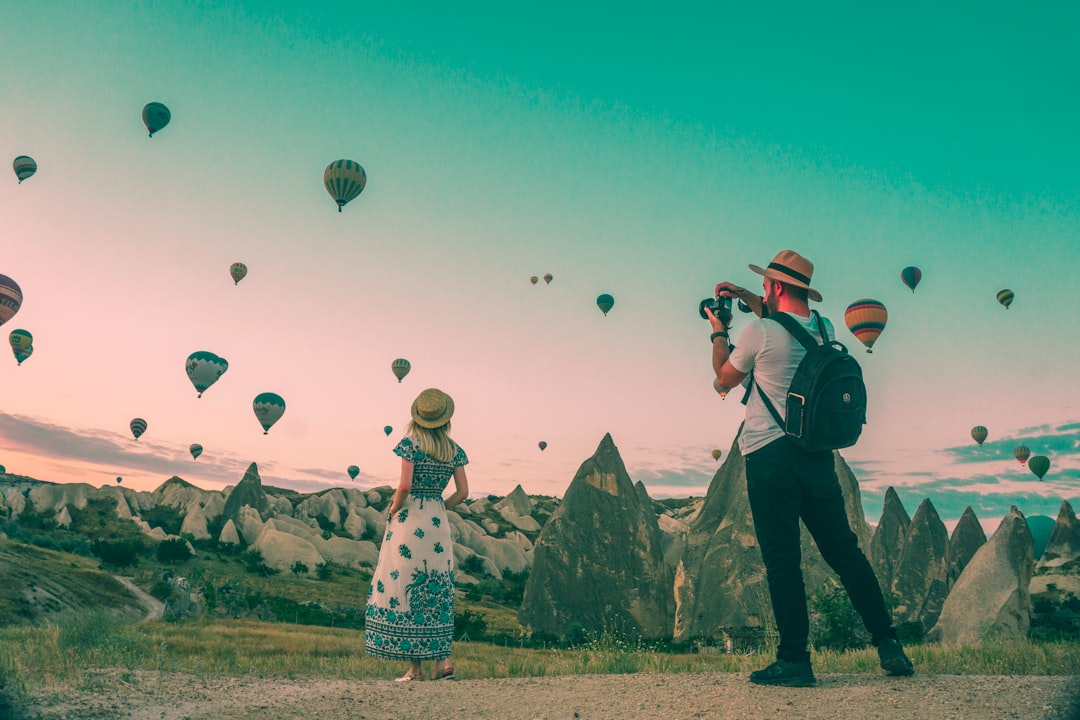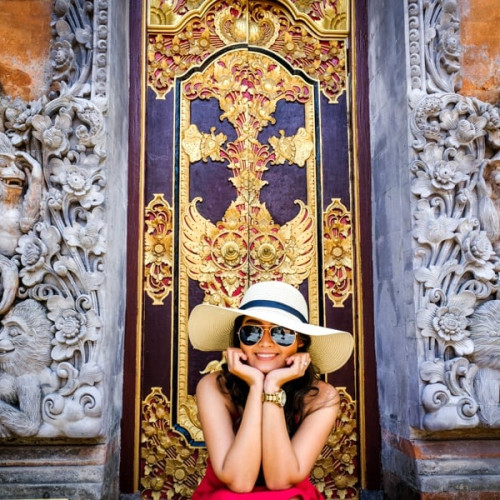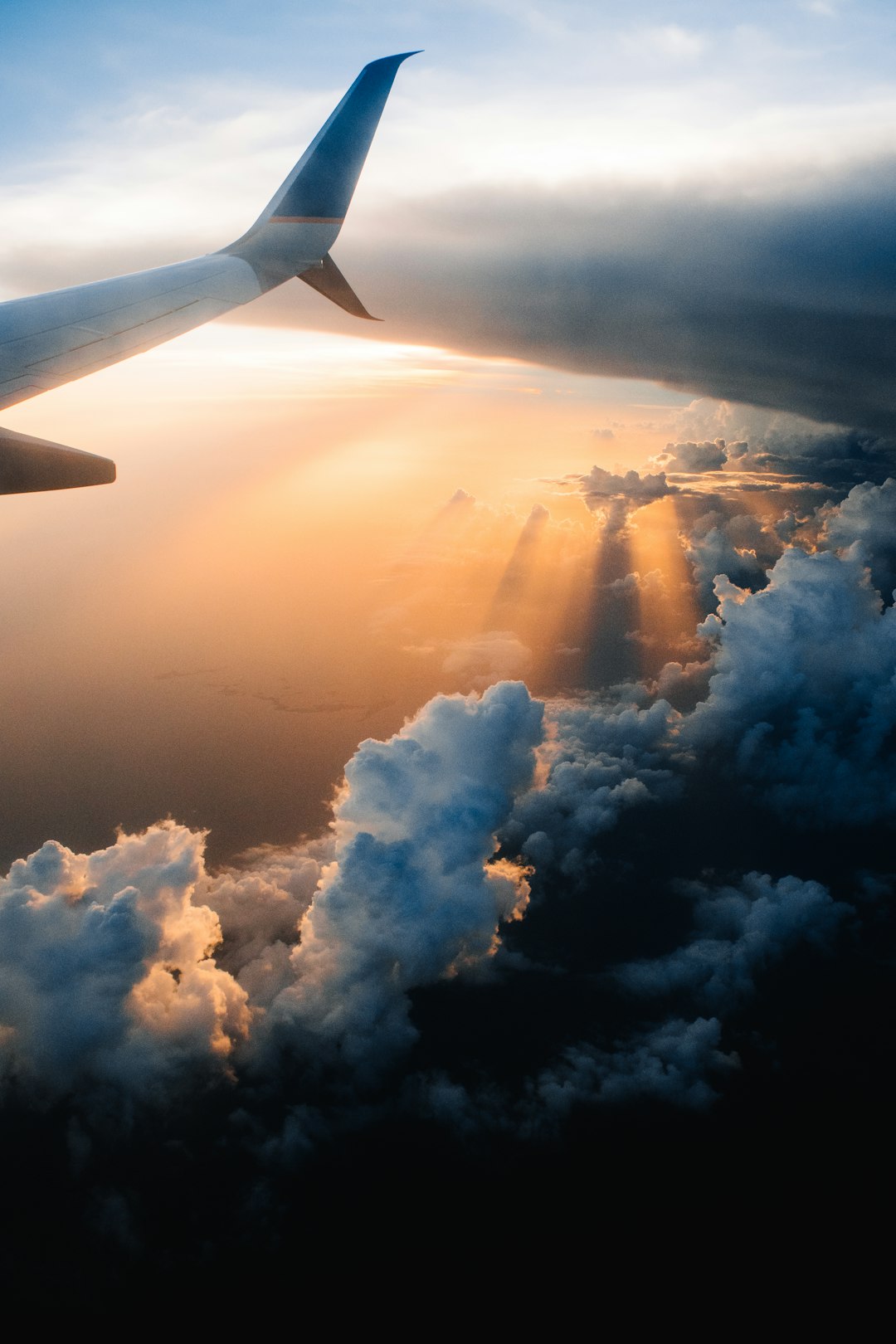
Maximizing Your Travel Experience: Best Times to Follow a Travel Itinerary.
# Introduction. Planning a trip can be an exhilarating yet daunting task, especially when determining the best times to follow your travel itinerary. Setting a clear schedule not only helps in organizing your travel plans but also ensures you make the most of your time at various destinations. In this blog post, we will delve into the nuances of effective travel itineraries and how timing plays a pivotal role in enhancing your travel experience. # Understand the Destination’s Peak Seasons. One of the first steps in planning an itinerary is understanding the peak seasons of the destination you intend to visit. Most cities and tourist hotspots have high and low seasons, with peak times often characterized by high-demand attractions, increased tourist traffic, and inflated prices. For instance, European cities like Paris and Rome see an influx of tourists during the summer months, leading to crowded landmarks and restricted entry to popular sites. If your goal is to enjoy a less chaotic experience, consider planning your itinerary for shoulder seasons, such as late spring (April to June) or early autumn (September to October). In contrast, visiting during the off-peak seasons can offer its own advantages, such as lower costs and a more authentic local experience. However, one must also consider the weather conditions, as certain destinations may not be ideal for visiting year-round. Understanding these seasonal patterns means that your itinerary can include optimal timings for your travel plans, providing you with abundant sightseeing opportunities. # Timing Activities to Avoid Crowds. Even within peak seasons, certain days or times can provoke significant crowds, especially in popular attractions. To maximize your time, incorporate strategies in your itinerary that leverage quieter moments. For example, visiting renowned sites like the Louvre museum or the Vatican in the early morning or late afternoon can help you avoid long queues and congested areas. Additionally, weekdays generally attract fewer tourists than weekends, so consider planning your itinerary accordingly for places known to get busy, such as markets or city landmarks. Another effective tactic is utilizing time slots for activities that require scheduled visits. Many attractions now offer timed entry tickets, meaning travelers can avoid uncertainty and long waits, creating a smoother experience. Incorporating these considerations into your travel itinerary can significantly enhance your enjoyment and allow for a more leisurely exploration of each site. # Local Events and Festivals. When crafting a travel itinerary, timing your visit with local festivals or major events can elevate your experience. Each destination has unique cultural moments worth attending, from flower festivals in Amsterdam to music celebrations in New Orleans. Engaging with local traditions can provide unforgettable experiences but may also dictate your itinerary’s flexibility. However, remember that events can also lead to crowded conditions and higher accommodation prices. If attending a local festival tops your list of activities, allow some adjustments in your itinerary. One recommendation is to research local event calendars well in advance, as certain festivals require pre-booking. Thus, ensuring that your travel timeline synchronizes with these events can lead to enriching cultural encounters. # The Flexibility Factor. While having a travel itinerary is essential, flexibility is vital in travel planning. External factors like weather changes, fatigue from extensive travels, or unexpected discoveries can prompt alterations in your schedule. Avoid being rigid about your itinerary; instead, keep it adaptable so you can seize opportunities that arise during your journey. Consider leaving open time slots in your schedule to explore unfamiliar neighborhoods or dine at a restaurant that catches your eye. Embracing spontaneity allows you to fully take in the destination, leading to unforeseen adventures that could become highlights of your trip. To merge both planning and flexibility, incorporate buffer times between scheduled activities, ensuring you aren’t pressed for time. # Conclusion. To conclude, crafting the ideal travel itinerary hinges on understanding the best times to visit destinations, avoiding large crowds, timing activities effectively, and remaining flexible. Give ample thought to local two crucial factors: understanding peak travel times and capitalizing on exciting local events. Ultimately, it is not just about sticking to a plan but cherishing the journey itself. By following these guidelines, you can create a rich travel experience that combines planning with the joy of discovery. .







